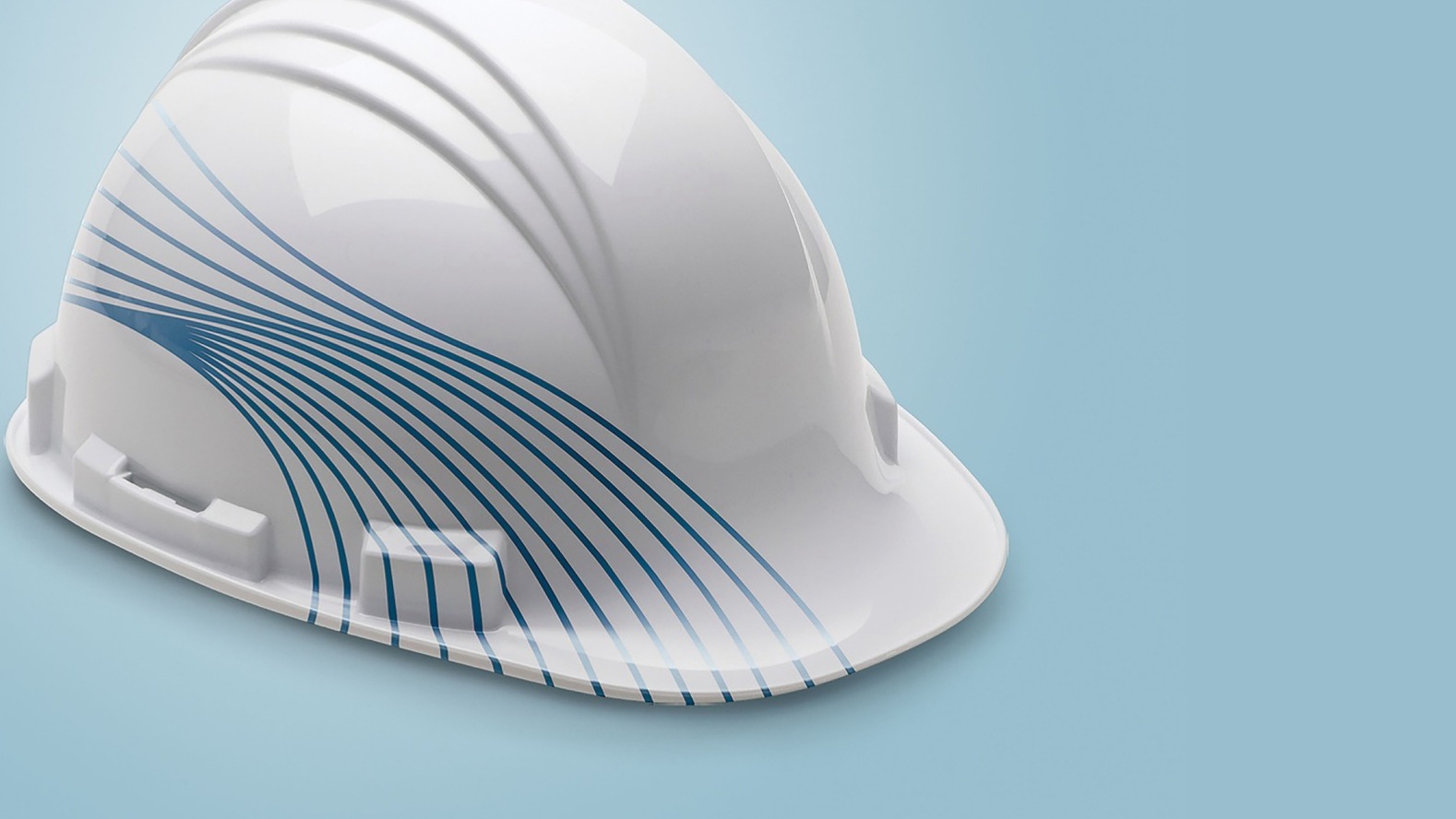
Insulation for HVAC Systems
Insulation for HVAC Systems: Ductwork and Pipe Insulation
Table of Contents
Introduction
In the world of heating, ventilation, and air conditioning (HVAC) systems, proper insulation plays a crucial role in maximizing energy efficiency and minimizing heat loss. Ductwork and pipe insulation are two essential components that contribute significantly to the overall performance of HVAC systems. This article aims to provide a comprehensive overview of insulation for HVAC systems, focusing specifically on ductwork and pipe insulation.
The Importance of Insulation in HVAC Systems
Insulation in HVAC systems serves multiple purposes. It helps prevent heat transfer, maintain temperature control, reduce energy consumption, and enhance overall system efficiency. By insulating ductwork and pipes, HVAC systems can deliver conditioned air more effectively while minimizing heat loss or gain. This translates into improved comfort, lower energy bills, and a reduced carbon footprint.
Understanding Ductwork Insulation
What is Ductwork Insulation?
Ductwork insulation refers to the process of covering HVAC ducts with insulating materials to minimize thermal losses. The ductwork consists of a network of channels that distribute conditioned air throughout a building. Without proper insulation, these ducts can become a significant source of energy waste.
Benefits of Ductwork Insulation
- Energy Efficiency: Insulated ductwork prevents heat loss or gain during the distribution of conditioned air, resulting in improved energy efficiency and reduced HVAC system workload.
- Comfort Enhancement: Insulated ducts help maintain consistent airflow temperatures, reducing temperature fluctuations and ensuring optimal comfort levels.
- Condensation Control: Insulation acts as a barrier, preventing condensation buildup on the duct surfaces and reducing the risk of mold growth and water damage.
- Noise Reduction: Insulated ducts help minimize noise transmission, creating a quieter and more peaceful indoor environment.
- System Longevity: By reducing the strain on HVAC equipment, insulated ductwork can extend the lifespan of the system, reducing the need for frequent repairs or replacements.
Types of Ductwork Insulation
Fiberglass Insulation
Fiberglass insulation is a popular choice for ductwork due to its excellent thermal properties. It consists of fine glass fibers bonded together with a resinous binder. Fiberglass insulation is available in various forms, such as blanket insulation, rigid boards, and flexible duct wraps. It offers good insulation performance, is easy to install, and has a relatively affordable price point.
Phenolic Foam Insulation
Phenolic foam insulation is a high-performance option known for its superior thermal efficiency and fire resistance. It is manufactured by combining phenolic resin with a blowing agent to create a closed-cell foam structure. Phenolic foam insulation provides excellent insulation properties, is lightweight, and has low smoke and flame spread characteristics, making it suitable for both commercial and residential applications.
Elastomeric Foam Insulation
Elastomeric foam insulation is a flexible and durable material commonly used for HVAC ductwork. It is made from synthetic rubber polymers and offers exceptional resistance to moisture, mold, and UV radiation. Elastomeric foam insulation provides good thermal insulation, absorbs vibrations, and is easy to install. Additionally, its closed-cell structure makes it resistant to moisture absorption, ensuring long-term performance.
Pipe Insulation for HVAC Systems
Why Pipe Insulation Matters
Pipe insulation is an essential component of HVAC systems, as it helps maintain the temperature of fluids flowing through the pipes. Insulating HVAC pipes provides numerous benefits, including:
- Energy Conservation: Insulated pipes minimize heat transfer, reducing energy consumption and improving overall system efficiency.
- Freeze Protection: Insulation safeguards pipes from freezing in cold climates, preventing costly damage and ensuring uninterrupted operation.
- Condensation Prevention: Insulation prevents condensation on pipe surfaces, reducing the risk of corrosion, mold growth, and water damage.
- Noise Reduction: Insulated pipes help dampen noise caused by fluid flow, enhancing the acoustic comfort of the surrounding environment.
- Temperature Control: Proper insulation allows for precise temperature control, ensuring the efficient delivery of heated or cooled fluids.
Common Pipe Insulation Materials
Polyethylene Insulation
Polyethylene insulation is widely used for HVAC pipe insulation due to its versatility, cost-effectiveness, and ease of installation. It is available as pre-formed tubes or sheets that can be easily applied to pipes of various sizes. Polyethylene insulation offers good thermal performance, water resistance, and resistance to moisture vapor diffusion.
Mineral Wool Insulation
Mineral wool insulation, also known as rock wool or stone wool, is a non-combustible material made from natural or synthetic minerals. It is commonly used for high-temperature applications in HVAC systems. Mineral wool insulation provides excellent thermal insulation, fire resistance, and sound absorption properties. It is available in various forms, including blankets, boards, and pipe sections.
Foam Insulation
Foam insulation materials, such as polyurethane and polystyrene, offer exceptional thermal properties and versatility. They are often used for both HVAC ductwork and pipe insulation. Foam insulation provides excellent energy efficiency, moisture resistance, and ease of installation. It can be applied as spray foam, rigid boards, or flexible tubes, depending on the specific requirements of the HVAC system.
Conclusion
Proper insulation of HVAC systems, particularly ductwork and pipes, is vital for achieving optimal energy efficiency, comfort, and system performance. Insulated ducts and pipes minimize heat loss or gain, reduce energy consumption, prevent condensation, enhance temperature control, and contribute to the longevity of HVAC equipment.
With a wide range of insulation materials available, including fiberglass, phenolic foam, elastomeric foam, polyethylene, mineral wool, and foam, HVAC professionals can select the most suitable options based on the specific requirements of each project.
By investing in high-quality insulation and following best practices, HVAC systems can operate at peak efficiency while providing comfort and cost savings for building occupants. Ensure that your HVAC system is properly insulated to enjoy the benefits of enhanced energy efficiency and sustainable living.